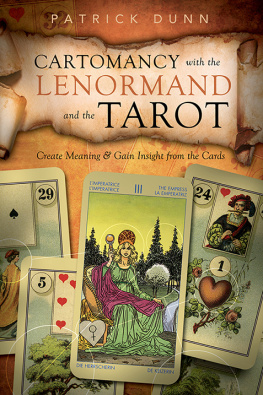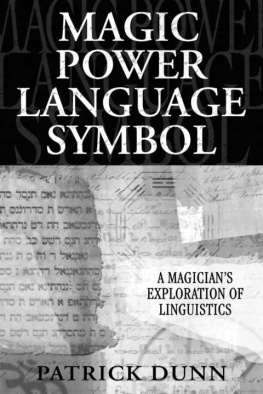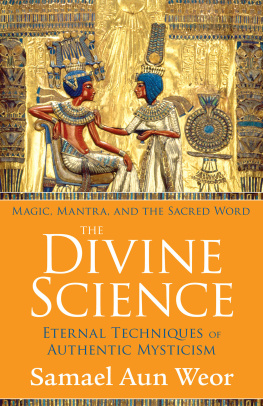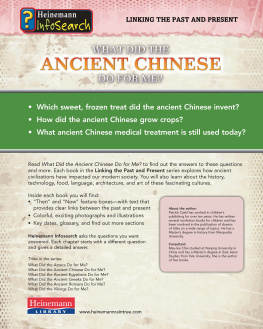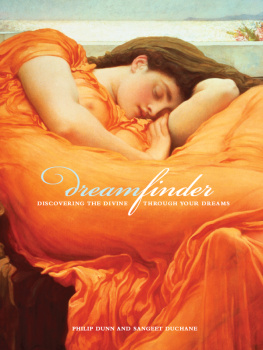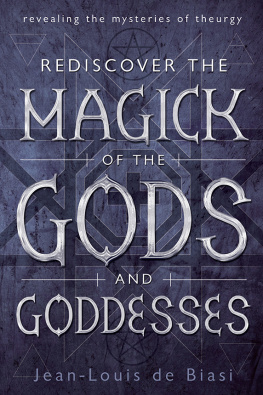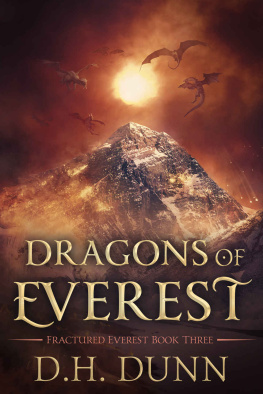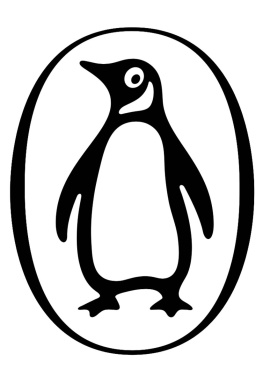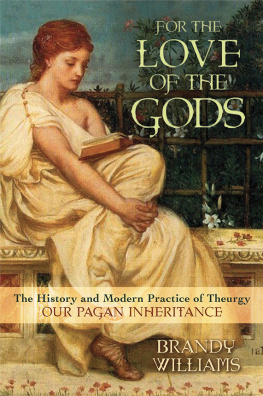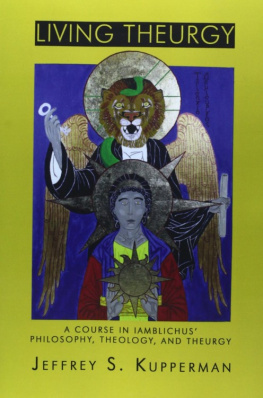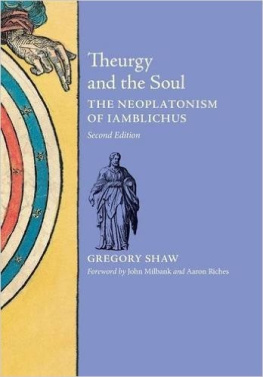Patrick Dunn - The Practical Art of Divine Magic: Contemporary & Ancient Techniques of Theurgy
Here you can read online Patrick Dunn - The Practical Art of Divine Magic: Contemporary & Ancient Techniques of Theurgy full text of the book (entire story) in english for free. Download pdf and epub, get meaning, cover and reviews about this ebook. year: 2015, publisher: Llewellyn Worldwide, genre: Religion. Description of the work, (preface) as well as reviews are available. Best literature library LitArk.com created for fans of good reading and offers a wide selection of genres:
Romance novel
Science fiction
Adventure
Detective
Science
History
Home and family
Prose
Art
Politics
Computer
Non-fiction
Religion
Business
Children
Humor
Choose a favorite category and find really read worthwhile books. Enjoy immersion in the world of imagination, feel the emotions of the characters or learn something new for yourself, make an fascinating discovery.

- Book:The Practical Art of Divine Magic: Contemporary & Ancient Techniques of Theurgy
- Author:
- Publisher:Llewellyn Worldwide
- Genre:
- Year:2015
- Rating:4 / 5
- Favourites:Add to favourites
- Your mark:
- 80
- 1
- 2
- 3
- 4
- 5
The Practical Art of Divine Magic: Contemporary & Ancient Techniques of Theurgy: summary, description and annotation
We offer to read an annotation, description, summary or preface (depends on what the author of the book "The Practical Art of Divine Magic: Contemporary & Ancient Techniques of Theurgy" wrote himself). If you haven't found the necessary information about the book — write in the comments, we will try to find it.
Patrick Dunn: author's other books
Who wrote The Practical Art of Divine Magic: Contemporary & Ancient Techniques of Theurgy? Find out the surname, the name of the author of the book and a list of all author's works by series.
The Practical Art of Divine Magic: Contemporary & Ancient Techniques of Theurgy — read online for free the complete book (whole text) full work
Below is the text of the book, divided by pages. System saving the place of the last page read, allows you to conveniently read the book "The Practical Art of Divine Magic: Contemporary & Ancient Techniques of Theurgy" online for free, without having to search again every time where you left off. Put a bookmark, and you can go to the page where you finished reading at any time.
Font size:
Interval:
Bookmark:
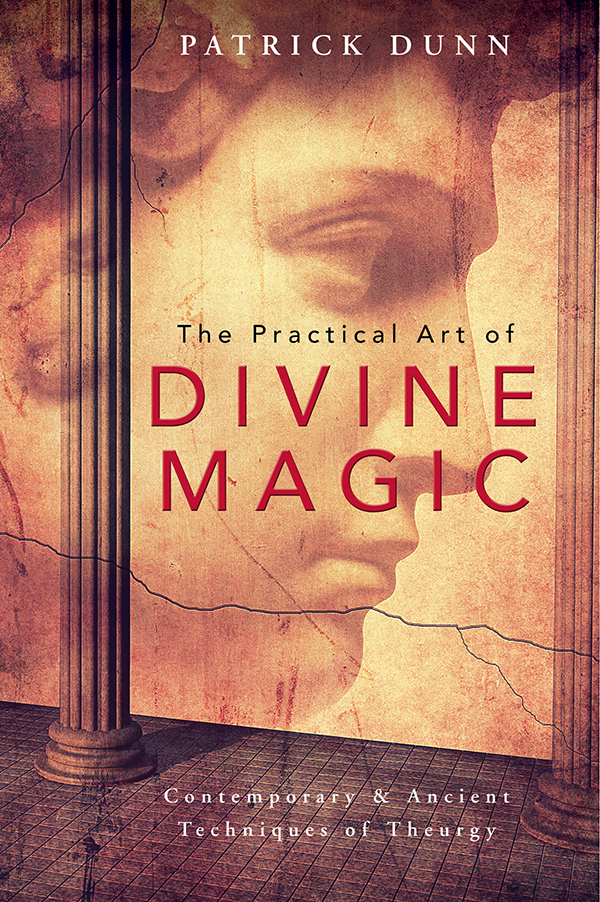
About the Author
Patrick Dunn (Chicago, IL) is a poet, linguist, Pagan, and university English professor with a PhD in modern literature and language. His understanding of semiotics and the study of symbols arise from his training in linguistics and literary theory. He has practiced magic since childhood. Visit him online at Pomomagic.nfshost.com.

Llewellyn Publications
Woodbury, Minnesota
Copyright Information
The Practical Art of Divine Magic: Contemporary & Ancient Techniques of Theurgy 2015 by Patrick Dunn.
All rights reserved. No part of this book may be used or reproduced in any matter whatsoever, including Internet usage, without written permission from Llewellyn Publications, except in the form of brief quotations embodied in critical articles and reviews.
As the purchaser of this e-book, you are granted the non-exclusive, non-transferable right to access and read the text of this e-book on screen. The text may not be otherwise reproduced, transmitted, downloaded, or recorded on any other storage device in any form or by any means.
Any unauthorized usage of the text without express written permission of the publisher is a violation of the authors copyright and is illegal and punishable by law.
First e-book edition 2015
E-book ISBN: 9780738746319
Book design by Bob Gaul
Cover art: iStockphoto.com/3223936/azndc
Shutterstock/55666789/Oxa
Cover design by Kevin R. Brown
Editing by Laura Graves
Interior art by Llewellyn Art Department
Llewellyn Publications is an imprint of Llewellyn Worldwide Ltd.
Library of Congress Cataloging-in-Publication Data
Dunn, Patrick, 1975
The practical art of divine magic: contemporary & ancient techniques of theurgy/
Patrick Dunn.First Edition.
1 online resource.
Includes bibliographical references and index.
Description based on print version record and CIP data provided by publisher; resource not viewed.
ISBN 978-0-7387-4631-9 -- ISBN 978-0-7387-4528-2
1. Theurgy. I. Title.
BF1623.T56
133.43dc23
2015013502
Llewellyn Publications does not participate in, endorse, or have any authority or responsibility concerning private business arrangements between our authors and the public.
Any Internet references contained in this work are current at publication time, but the publisher cannot guarantee that a specific reference will continue or be maintained. Please refer to the publishers website for links to current author websites.
Llewellyn Publications
Llewellyn Worldwide Ltd.
2143 Wooddale Drive
Woodbury, MN 55125
www.llewellyn.com
Manufactured in the United States of America
Contents
: A Divine Technology
: What Is a God?
: The Addresses of the Gods
: Rituals and Tools of Theurgy
: Divination and Oracles
: Daimonology
: Thaumaturgy
: Know Thyself
Acknowledgments
I am extremely grateful to the people in my life who make it possible for me to live my dreams. These includes my family, my friends, and my students. I want to thank some of them by name: Richard, who regularly makes my life ridiculously wonderful (and wonderfully ridiculous); my mother, Joyce, who taught me more than I can possibly enumerate and always encour aged my dreams; Chris, Ryan, Pete, Eric, who argued, discussed, debated, listened, and talked me through graduate school. I also want to thank my teachers, both those who taught me mundane things and those who taught me magical things (as if theres a difference). Some I had as a teacher for one day, some for years: Jason, John, Karen, Betty, Gustav, and many others.
I also want to thank John Michael Greer, whose workshop on sacred geometry gave me the oomph to finish this book. I must, in addition, thank Lon Milo DuQuette, who several years ago said a single sentence that totally blew my mind and changed my view of magic forever.
Its also fitting that I thank my editor, Elysia, for her extremely helpful suggestions. She has a tremendous eye for detail, and has prevented me from embarrassing myself in print more times than I care to count.
And, finally, those heroes and intellectual ancestors, who generously left us their words to guide us, not knowing or guessing what sorts of people we might be: Aristocles, Socrates, Plotinus, Iamblichus, Proclus, and countless others.
A Note on Sources and Translations
For the most part, I have selected sources for classical texts that are online and in the public domain for the readers convenience. In some cases I could not find an online translation or edition acceptable to me and have therefore cited print versions of these books. In other cases, such as that of the Chaldean Oracles, these print versions are academic editions, which tend to be expensive. If you wish to consult those editions, I would encourage using your local library, where you can request to borrow those books from libraries that have them in their possession.
In some places I have done my own translations of some Greek texts. I sometimes chose to do so to make a particular distinction from the original text clearer than it is made in some other translations. Sometimes I chose to do my own translations so they would fit better in ritual (a precise academic translation does not always trip nicely off the tongue during a ceremony). Sometimes I chose to do it for the practice and sheer fun of itand to show off a little. I most assuredly did not do it because I quibble with the commonly available academic translations of these works, which are always excellent.
Introduction
This book attempts to explore and revitalize the spiritual techniques of diverse times and places all under the loose heading of theurgy. Theurgy is a collection of spiritual practices ranging from antiquity to modern times by people of many different religious and philosophical backgrounds. In its heyday, in Late Antiquity, it competed with Christianity and other religious and philosophical movements. In fact, ideas from theurgy planted themselves in Christian, Muslim, and Jewish practices and remain there even today.
This book does not attempt to reconstruct the religious practices of Late Antiquity or ancient Pagan religions. Any attempt to revitalize an ancient way of life that ignores the cultural differences between now and antiquity cannot, in my opinion, succeed. We do not live in ancient Greece or ancient Rome. We dont even live in places like ancient Greece or Rome. Ancient Greece would be, to modern American mindsor modern European minds, for that matteran alien culture, with institutions we would not recognize and practices like slavery we could not support. We can admire their accomplishments, learn from their teachings, even revitalize some of their practices, but we must ultimately understand, as L. P. Hartley said, that the past is a different country.
Nor do I throw ideas and concepts together willy-nilly, because this kind of irresponsible eclecticism doesnt work either. It also ignores the cultural context, and leads to muddied thinking and contradiction. The ancients were themselves a bit eclectic, worshiping Isis alongside Zeus, but I prefer to approach this kind of eclecticism with care.
The attitude with which I approach this book, then, is neither eclectic nor reconstructionist. It is postmodern. I am an unusual breed of postmodernist in that I think there is an ultimate truth that is not culturally constructed. But at the same time, the paths we cut to this truth are indeed made by our hands. In other words, the terrain exists but we know it only by our maps, which we have made. When I pray to Iuppiter, I am praying to a god who exists, I believe, independently of any culture. At the same time, Im taking a Roman name and image and method of prayer, applying it to the reflection of the god I have constructed in my mind, and using those as a way back to that ultimate ideal deity. Someone wise (and I dont remember who) once put it this way to me: The gods give the world its being; we give gods their forms.
Font size:
Interval:
Bookmark:
Similar books «The Practical Art of Divine Magic: Contemporary & Ancient Techniques of Theurgy»
Look at similar books to The Practical Art of Divine Magic: Contemporary & Ancient Techniques of Theurgy. We have selected literature similar in name and meaning in the hope of providing readers with more options to find new, interesting, not yet read works.
Discussion, reviews of the book The Practical Art of Divine Magic: Contemporary & Ancient Techniques of Theurgy and just readers' own opinions. Leave your comments, write what you think about the work, its meaning or the main characters. Specify what exactly you liked and what you didn't like, and why you think so.

